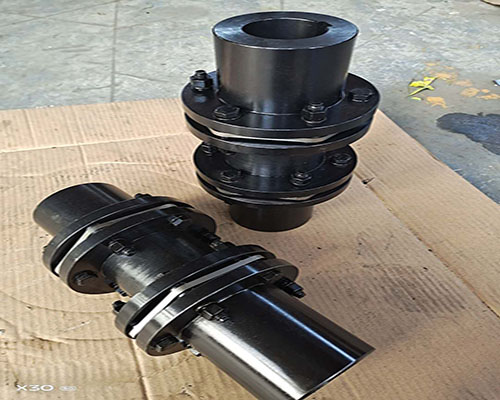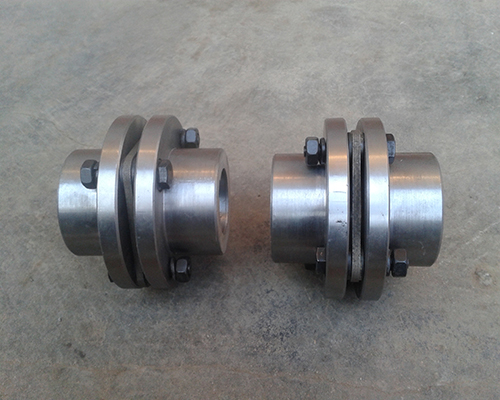Diaphragm coupling

Double diaphragm coupling
The bolt is one of the important parts of the double diaphragm coupling. Whether it is installed correctly or not directly affects the performance life and performance of the diaphragm coupling, otherwise it will cause a waste of manpower and accessories.Therefore, the correct installation of the bolt direction is a key part, and be sure to cut...
- Product Details
Correct installation of bolts for double diaphragm couplings: insert the bolts from the outside of the small hole in the flange, and then into the diaphragm hole (pay attention to the direction of the diaphragm, the diaphragm is composed of many single sheets, rivets and rivet washers, The rivet washer should be in contact with the buffer sleeve, otherwise it will affect the service life of the rivet set), and then insert the buffer sleeve from the outside of the large hole of the flange plate, the elastic washer, and pay attention to the bolt when tightening the nut. Do not turn, because the surface of the bolt and flange mating section is a very important mating section for torque transmission, and the integrity of the surface directly affects the performance.
The gap between the bolt fitting section of the double diaphragm coupling and the flange hole fitting section is generally based on the bolt diameter of 0.20mm~0.30mm. This fitting section plays a key role in transmitting torque. If the gap exceeds the standard, replace it.The diameter gap between the inner hole of the buffer sleeve and the diaphragm rivet and the bolt is 0.5mm~0.7mm, which plays the role of pressing and positioning the diaphragm.If the bolt is installed in the direction of the bolt, it is easy to cause the bolt to deflect, and the diaphragm will be distorted.Therefore, pay attention to the direction of the bolts when installing the bolts. Do not install the bolts at random. Otherwise, the diaphragm will be twisted, and long-term operation will damage the surface of the diaphragm and the bolt mating section and the small holes of the half shaft joint.
The maintenance friction surfaces during the service cycle of the double diaphragm coupling form mutually inclined wedge-shaped gaps, and the lubricating oil enters and buckles out; there is sufficient relative movement speed between the two surfaces; the fluid has sufficient viscosity and the oil supply is sufficient.Grasp the basic equation of hydrodynamic lubrication-Reynolds equation, which is the theoretical basis of sliding bearing design. One-dimensional Reynolds equation is commonly used, in which the law of the change of oil pressure along the x direction; the dynamic viscosity of the fluid; V represents the moving object The surface velocity; h represents the gap between any two friction surfaces.The diaphragm coupling bolt connection does not need to cut threads on the connected parts, and the use is not restricted by the connected parts, the structure is simple, and the assembly and disassembly are convenient.Double-end stud connection is used in occasions where bolts cannot be used due to structural restrictions or where a compact connection structure is desired.The screw connection does not need a nut and has a smooth exposed surface, but it is not suitable for the connection that is often disassembled, so as not to damage the threaded hole of the connected part.In the set screw connection, the set screw is selected into the threaded hole of one of the connected parts, and its end urges the surface of the other connected part or pushes into the corresponding pit to fix the mutual position of the two parts and can be transferred Not much force or torque.
-

Single diaphragm coupling
The diaphragm coupling can compensate for manufacturing errors and installation errors between the driving machine and the driven machine...
-

Double diaphragm coupling
The bolt is one of the important parts of the double diaphragm coupling, and its correct installation directly affects...

